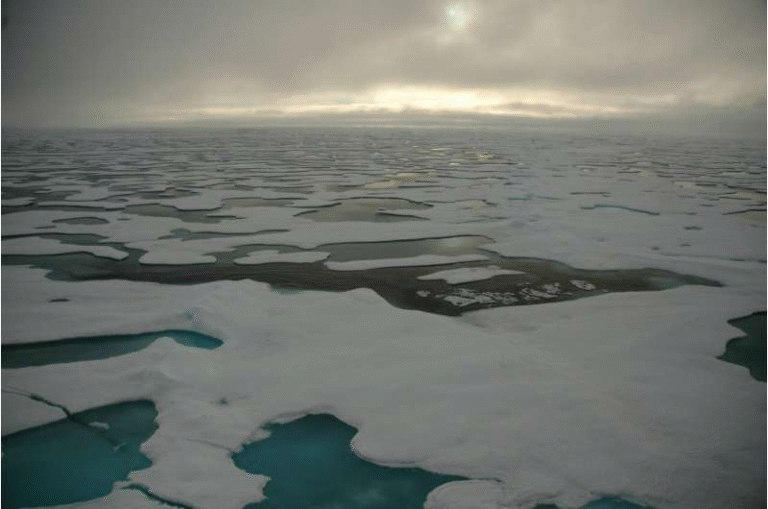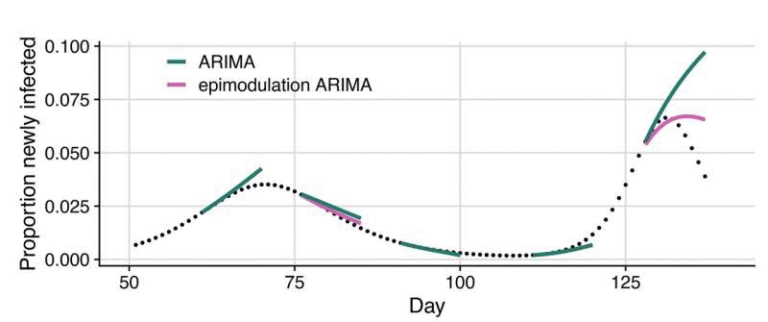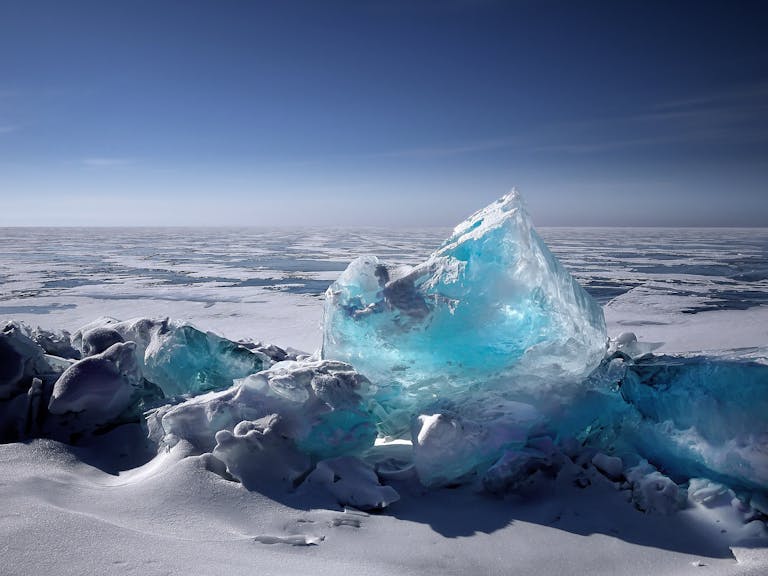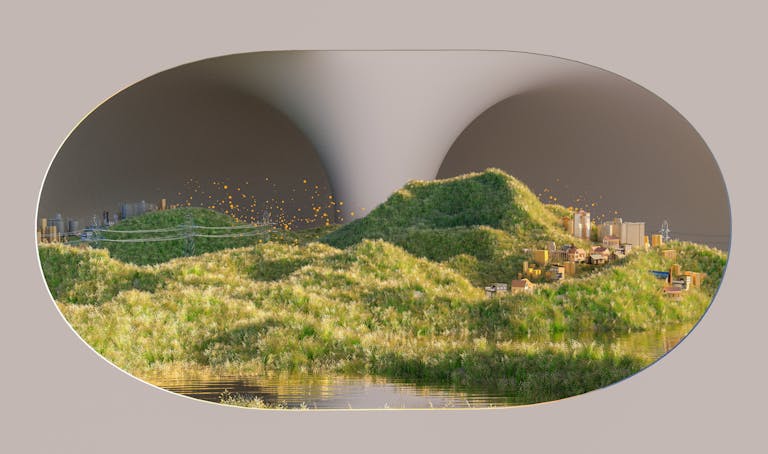Antarctica’s Hektoria Glacier Shows the Fastest Modern Retreat Ever Recorded
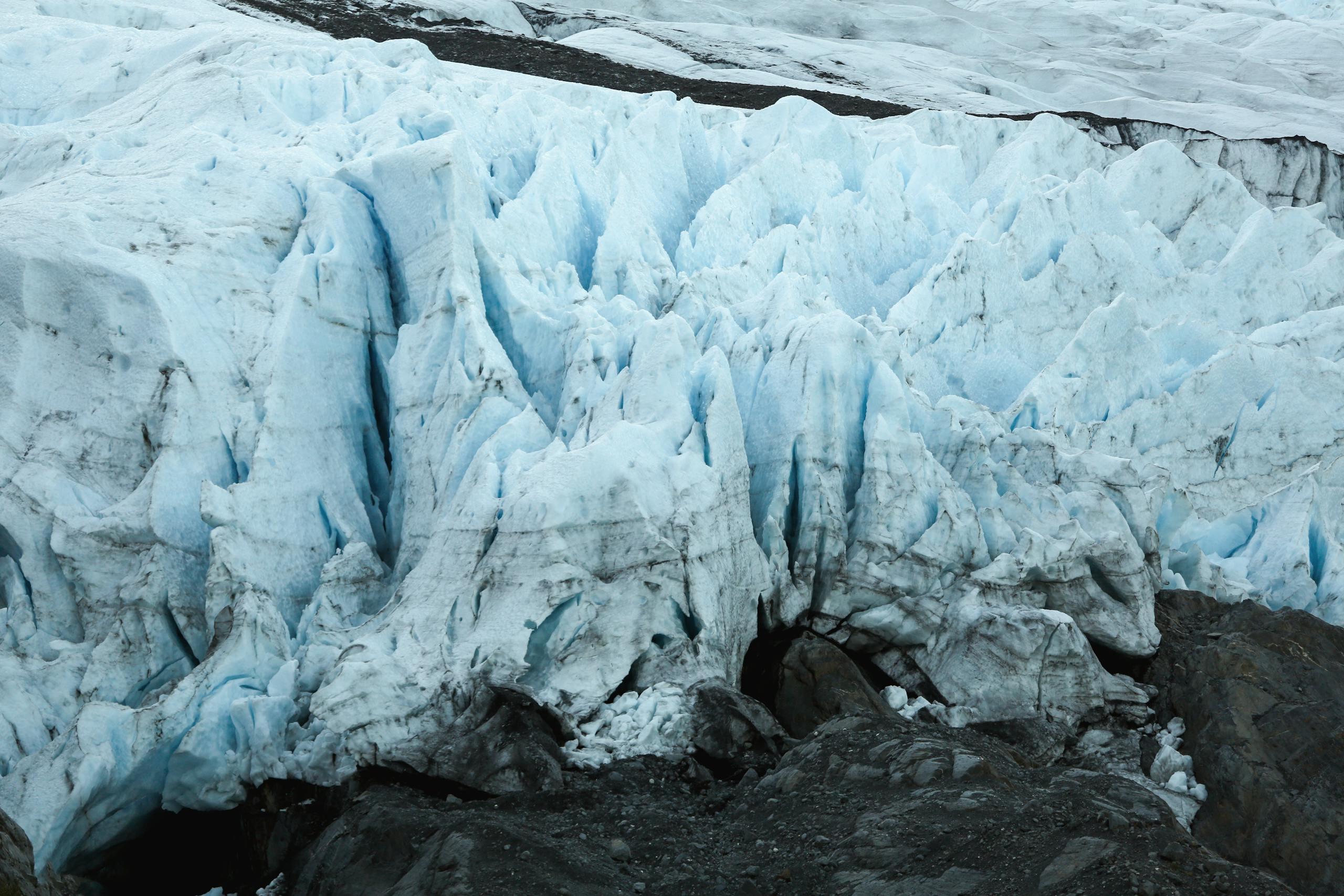
Antarctica just delivered one of its most dramatic wake-up calls yet. The Hektoria Glacier, a relatively small glacier on the eastern side of the Antarctic Peninsula, has undergone an astonishing and historically fast retreat. In just two months, nearly 50% of the glacier’s ice front collapsed and broke away—a speed of retreat that no other grounded glacier has shown in modern records. A new study led by researchers at the University of Colorado Boulder, published in Nature Geoscience, reveals not only what happened, but why this particular glacier collapsed so quickly and what it could mean for the stability of other Antarctic glaciers.
Understanding What Happened to Hektoria Glacier
Hektoria Glacier covers about 115 square miles, roughly the size of Philadelphia. Although that might sound small compared to other Antarctic glaciers, what makes this glacier noteworthy is the extreme rate at which it retreated—something that caught even the scientists by surprise.
Between late 2022 and early 2023, Hektoria Glacier lost a total of eight kilometers of ice in an exceptionally short window. At one point, satellite data captured a retreat of two and a half kilometers in just two days. This pace is far faster than what researchers typically see from grounded glaciers, which generally retreat much more slowly due to their connection to the bedrock beneath them.
The intriguing part is that the collapse didn’t result from one single cause, but from a combination of underlying features and long-term changes.
The Role of Hektoria’s Flat Bedrock
A key finding from the study is that Hektoria Glacier rests on top of a flat bedrock region known as an ice plain. This topography plays a major role in how and when a glacier becomes buoyant.
Most tidewater glaciers—those that end in the ocean—sit on a seabed that varies dramatically in depth, with deep canyons or sloping valleys. A flat bed, however, creates an unusual situation: once the glacier thins enough, it can suddenly go afloat across a broad area instead of gradually transitioning from grounded ice to floating ice.
The moment a glacier becomes buoyant, it becomes much more vulnerable to calving, the process where chunks of ice break off to form icebergs. For Hektoria, this transition happened rapidly once the glacier thinned past a threshold.
The study identified multiple grounding lines, showing that parts of the glacier had recently shifted between grounded and floating states. This is a classic indicator of ice-plain topography.
Once afloat, ocean water was able to access the bottom of the ice more easily, opening crevasses from below. These fractures eventually connected with crevasses on the surface, triggering the sudden break-up of large sections of the glacier.
Why the Collapse Was So Sudden
One part of what makes this retreat so remarkable is how unexpectedly fast it happened. Researchers often rely on satellite images taken every few weeks or months. Had they only used low-frequency data, this event may have appeared far slower than it actually was.
Instead, by combining multiple satellite systems, each capturing images at different intervals and using different sensing technologies, the researchers were able to reconstruct the glacier’s movement in detail. This combination allowed them to see that the glacier didn’t just retreat steadily—it failed catastrophically over a very short period.
To add another layer of evidence, the research team used seismic instruments to detect what are known as glacier earthquakes. These occur when large masses of ice shift suddenly while still grounded. During Hektoria’s retreat, a cluster of these seismic events matched the timing of the rapid calving period, confirming that the glacier was indeed grounded before it broke apart. This is important because it means the ice loss directly contributes to global sea-level rise, unlike the breakup of already-floating ice shelves.
Why This Event Matters for the Rest of Antarctica
Although Hektoria Glacier is small compared to heavyweights like Thwaites (“Doomsday Glacier”), the speed of its collapse is what has scientists concerned. Many Antarctic glaciers sit on ice plains similar to Hektoria’s.
In the past, scientists studying the period between 15,000 and 19,000 years ago observed that glaciers with ice-plain topography retreated hundreds of meters per day during deglaciation events. Hektoria’s sudden retreat is the first time in modern observations that such rapid grounded-ice collapse has been recorded. The finding raises an important question: Could larger glaciers retreat this quickly under the right conditions?
The answer appears to be: yes, if similar topographic and thinning conditions align. If a glacier many times larger than Hektoria were to follow this pattern, it could accelerate global sea-level rise far more suddenly than current predictive models allow.
The study authors stress that Hektoria’s retreat is a reminder that glaciers can respond to climate and ocean changes in nonlinear ways—sometimes slowly, and sometimes with abrupt collapses that trigger cascading effects.
Why Hektoria Was Already Vulnerable
Before the 2023 collapse, Hektoria Glacier had already experienced long-term destabilization. When the Larsen B Ice Shelf collapsed in 2002, many glaciers in the region lost a major source of stabilization. Ice shelves act like buttresses, slowing the flow of inland ice into the ocean. Without this support, glaciers like Hektoria began flowing faster and thinning over time.
For years, this thinning progressed quietly—until the glacier reached a critical tipping point where it could suddenly lift off its bed and go afloat.
This sequence—ice-shelf collapse, glacier thinning, buoyancy transition, rapid calving—may become increasingly common in a warming climate.
How Scientists Study Such Rapid Ice Loss
The Hektoria study is notable for its use of multiple tools:
- High-resolution satellites to track retreat speed
- Radar and optical imaging to determine grounding-line locations
- Seismic instruments to detect glacier earthquakes
- Remote-sensing data to map the glacier’s bed and thickness
- Time-series analyses to reconstruct exactly when and how the calving occurred
By stitching all these together, the team built what they describe as a “robust picture” of the glacier’s evolution throughout the collapse period.
What This Means for the Future
The rapid retreat of Hektoria Glacier offers a serious warning for ice-sheet scientists and climate researchers. The existence of widespread ice plains across Antarctica means other glaciers may be vulnerable to similarly abrupt collapses.
If the same conditions occur in larger systems, the consequences could be far more significant. Researchers highlight that the Hektoria event should push the scientific community to focus more on glacier bed topography and grounding-line dynamics—two factors that may determine whether a glacier is capable of sudden retreat.
For everyday readers, the takeaway is simple: Antarctica isn’t just changing—it’s capable of changing very fast, and events like this help refine our understanding of how quickly sea-level rise could accelerate.
Additional Background: Why Grounding Lines Matter
A glacier’s grounding line marks the point where it detaches from the bedrock and begins floating. This line is incredibly important because:
- When it retreats inland, ice flow speeds up.
- A small shift in grounding can expose more ice to warm ocean water.
- If the grounding line moves onto a flat or deepening bed, retreat can suddenly accelerate.
Hektoria’s multiple grounding lines showed that it was already in a fragile state before the big collapse.
Additional Background: What Are Ice Plains?
Ice plains are flat, low-lying regions of bedrock below sea level where glaciers transition easily from grounded to floating. When these glaciers thin, they can rapidly lose their grip on the seabed.
Ice plains are found in several major Antarctic regions, including:
- Parts of the Antarctic Peninsula
- West Antarctica’s Amundsen Sea sector
- Some portions of East Antarctica
These regions may be especially vulnerable to sudden retreat events like the one observed at Hektoria.
Research Reference
Record grounded glacier retreat caused by an ice plain calving process – https://www.nature.com/articles/s41561-025-01802-4
